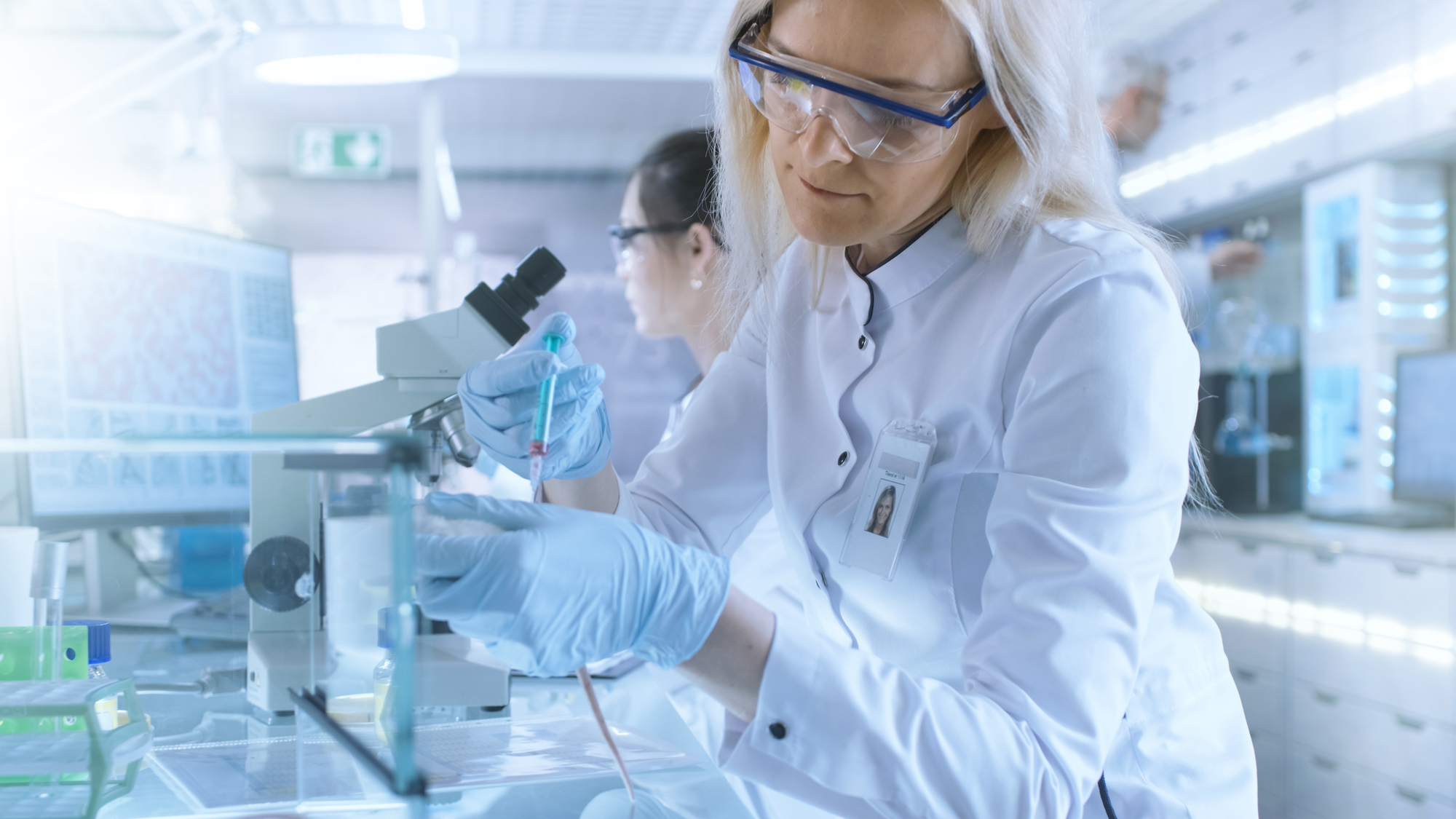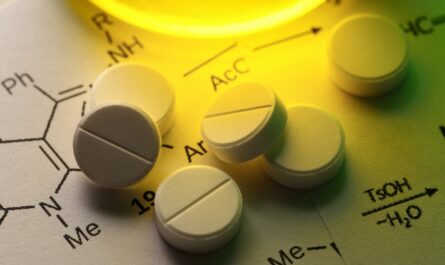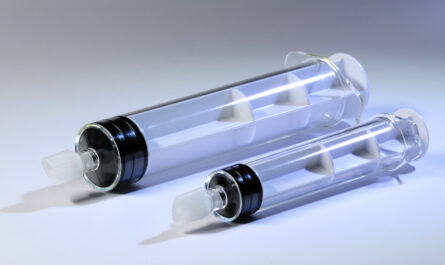Introduction
Breast cancer is one of the most common cancers that threaten the lives of women worldwide. Early detection plays a vital role in successful breast cancer treatment. Mammography is considered as the gold standard screening tool for early detection of breast cancer even before physical symptoms develop. This article discusses the importance of mammography screening in detail.
What is Mammography?
A mammography is a low-dose x-ray exam used to examine the human breast. It can detect small tumors or abnormalities that are not palpable or visible by physical examination. The mammography machine uses x-rays to produce images of the internal structure of the breast which are further analyzed by a radiologist. Screening mammography looks for early signs of breast cancer in women showing no signs or symptoms. It involves flattening the breast between two plastic plates and taking images from different angles.
Importance of Regular Mammography Screening
Regular screening mammograms help detect breast cancer at an early stage when treatment is most effective. Cancers detected early through mammograms have a five-year survival rate of over 90%. Delaying treatment till physical symptoms develop reduces the five-year survival rate to around 27%. Screening mammograms can find cancers up to two years before they can be felt. Some of the key importance of regular mammography screening is discussed below.
– Early Detection: As mentioned earlier, mammograms can detect breast cancer at the earliest or pre-invasive stage before physical symptoms develop. This significantly improves treatment options and outcomes.
– Reduce Mortality Rates: Population-based studies have found that regular mammography screening reduces breast cancer mortality by at least 15-20% in women aged 40-74 years. Early detection and treatment lead to reduced breast cancer deaths.
– Improved Treatment Options: Small tumors detected through screening mammograms are more likely to be treated through less aggressive measures like lumpectomy, radiation instead of mastectomy.
– Breast Cancer Awareness: Regular screening increases awareness about breast health and makes women more familiar with their breasts which aids in self-examination. Any changes can be reported early to the doctor.
Recommendation for Screening
The American Cancer Society recommends that women with average risk of breast cancer should start getting annual screening mammograms at age 40. Women should continue getting Mammography every year as long as their overall health is good. Some of the key recommendations are:
– Women aged 40-44 should have the choice to start annual screening mammograms.
– Women aged 45-54 should get annual mammograms.
– Women 55 and older can switch to biennial (every two years) screening or can continue yearly screening based on their own values regarding benefits and limitations.
– All women should continue breast self-exams and report any changes promptly to the doctor.
– Women at high risk due to family history of genetic mutations should consult doctors regarding more frequent screening or starting at an earlier age.
Advancements in Mammography
Over the past few decades, substantial improvements have been made in mammography technology to improve accuracy and reduce radiation exposure. Some notable recent advancements include:
– Digital Mammography: It offers clearer images and greater precision compared to traditional film mammograms. It also enables electronic sharing and storage of images.
– 3D Mammography (Tomosynthesis): This new 3D technology takes multiple images from different angles and stitches them together to create a 3D-like view of the breast tissue. It is better for women with dense breasts in detecting small cancers.
– Computer-Aided Detection (CAD): CAD systems act as a “second set of eyes” by highlighting areas on the mammogram that may indicate abnormalities. It helps reduce misses.
– Breast Tomosynthesis: This newer 3D breast imaging shows multiple slices or sections of the breasts rather than a 2D compression image. It reduces recall rates and improves cancer detection.
– MRI Screening: For high-risk women, contrast-enhanced MRI is increasingly used along with mammograms to improve detection.
Regular screening mammography remains the most effective tool for early detection of breast cancer when treatment works best. Advances in mammography technology are continuously improving its accuracy in finding small, treatable cancers before symptoms arise. Compliance with recommended screening guidelines can significantly reduce breast cancer mortality among women. Overall, screening mammograms play a vital role in the fight against breast cancer.
*Note:
1. Source: Coherent Market Insights, Public sources, Desk research
2. We have leveraged AI tools to mine information and compile it.



